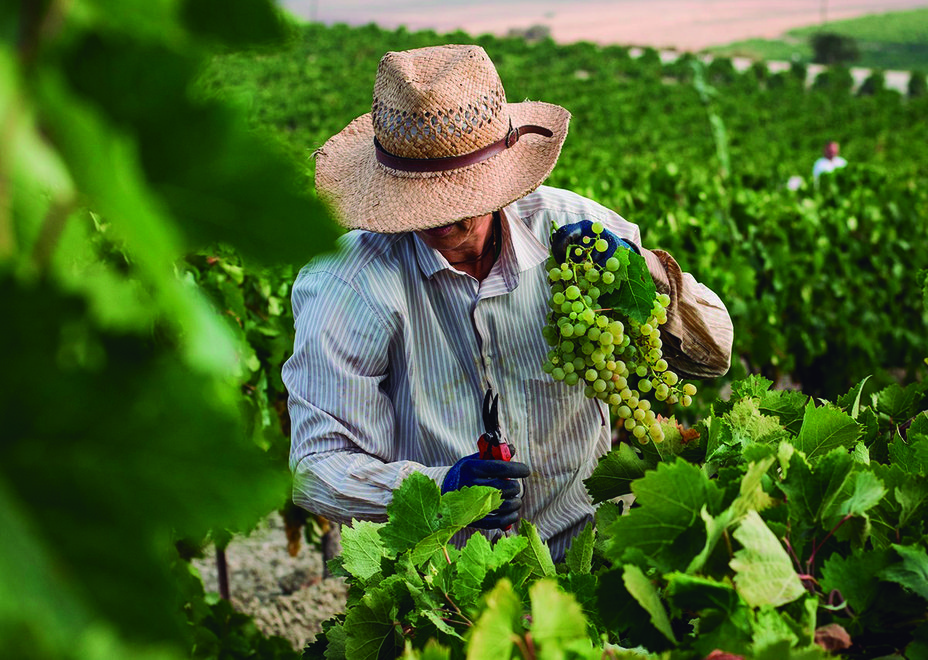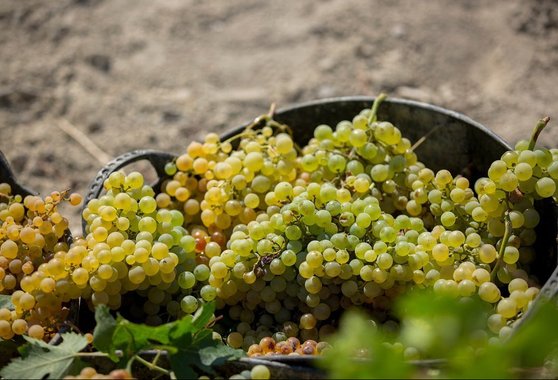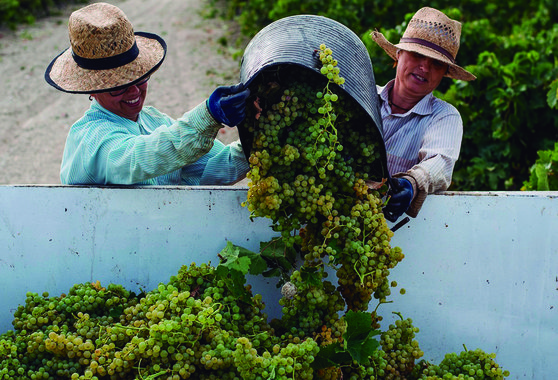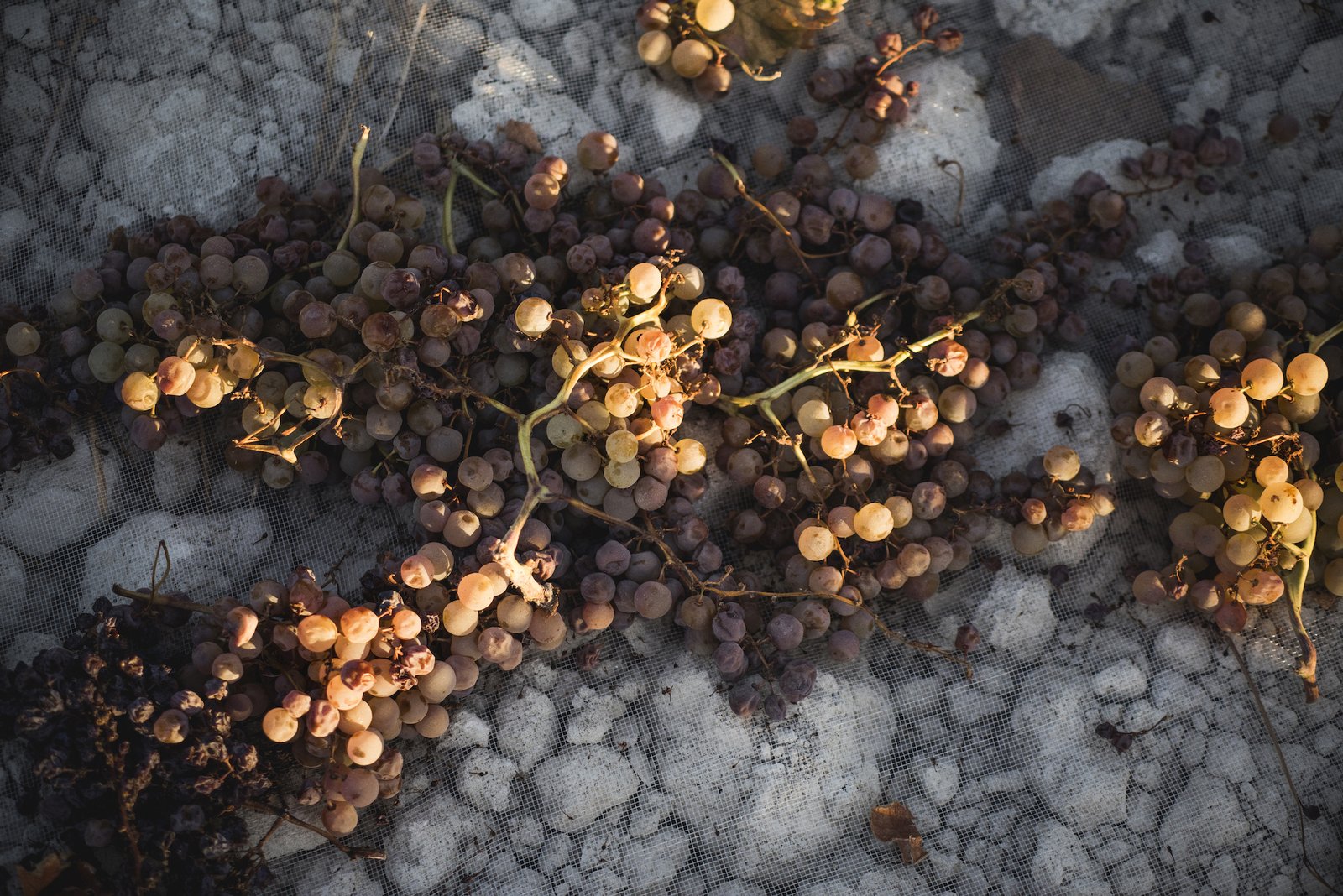
Towards the beginning of September the green leaves of the vine begin to darken and the grape is said to "surrender"; that is, it becomes soft and sweet. There is no set date to signal the start of the grape harvest given that it all depends upon the ripeness of the grape, which should be at least 10.5º Baumé (potential alcohol).
The beginning of the grape harvest is usually determined by a number of different factors: the vine-growers tending to harvest as early as possible to avoid the possibility of untimely rains spoiling the grapes or even causing them to fall off the vine. Wine-makers, on the other hand, have more precise needs regarding the ripeness of the grape, degree of acidity and general health. Of equal importance are the logistical aspects of the harvest, as an operation of this magnitude requires the provision of a large scale socio-economic structure able to coordinate all the different aspects involved: foremen, cutters and carriers, drivers, bodega staff, etc...
“the green leaves of the vine begin to darken and the grape is said to 'surrender'”

The surface area of vineyards adapted for the possible mechanisation of the harvest grows each year, with increased height of the vine and a greater distance being left between liños. This being said, however, most of the grapes are still cut by hand and mechanical harvesters only being used on a area which represents no more than 15% of the total surface area currently registered under the Denomination of Origin.
This is a key factor, as the high temperatures reached in the Jerez Region during harvest time (traditionally the first weeks of September) may lead to oxidation or even uncontrolled fermentation of the must during transport. The harvest is therefore a huge logistical operation, during which the correct organisation of the work to be carried out has both technical and economic consequences.



The grapes of the Pedro Ximénez and Muscat varieties are spread out under the hot sun on mats made of dry grass, or "esparto". The objective is to achieve what is known as the "pasificación" of the grape, literally for it to turn into raisin, as the water contained inside the grape evaporates; for this reason the grapes are covered at night so as not to absorb moisture in the early morning. The duration of this process varies according to prevailing climatic conditions, and may go on for over a week.
In any case, whatever the chosen cutting system the grapes must always reach the pressing machines as quickly as possible and in the best possible condition. Once cut, the bunches are placed in plastic holding bins which usually carry 18 kg of grape, stacked one on top of the other so that the grapes will remain undamaged on their journey from vineyard to wine-press.
In recent years small front-loaders (with a capacity of 7,000 kilos) have become more widely used and are able to enter between the rows of vines and transport the grapes to the presses as quickly and hygienically as possible.